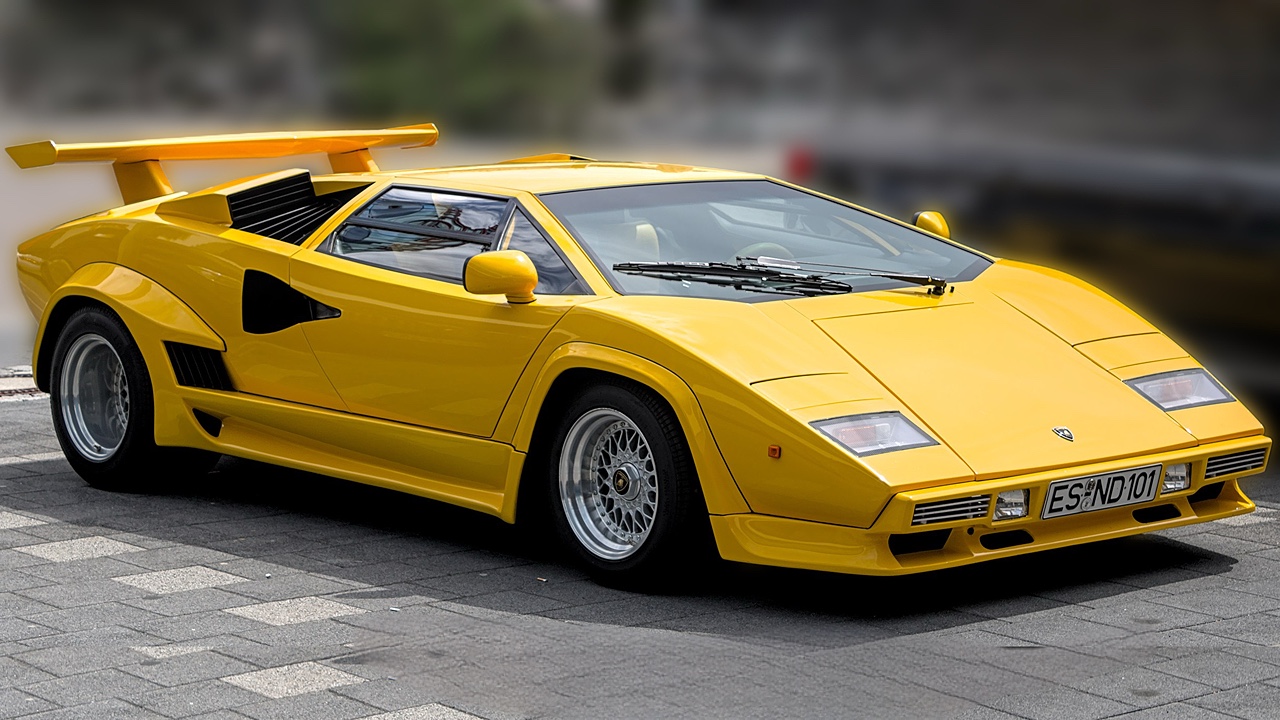European automakers have a long history of developing and introducing groundbreaking technologies that have shaped the automotive industry. Innovation in areas like engine design, safety features, and electric propulsion has often originated from European manufacturers.
This article highlights thirteen European cars that set new standards through their pioneering technological advancements. These vehicles represent key milestones in automotive progress, reflecting the continent’s role in advancing engineering and design.
Mercedes-Benz pioneering direct fuel injection in 1952
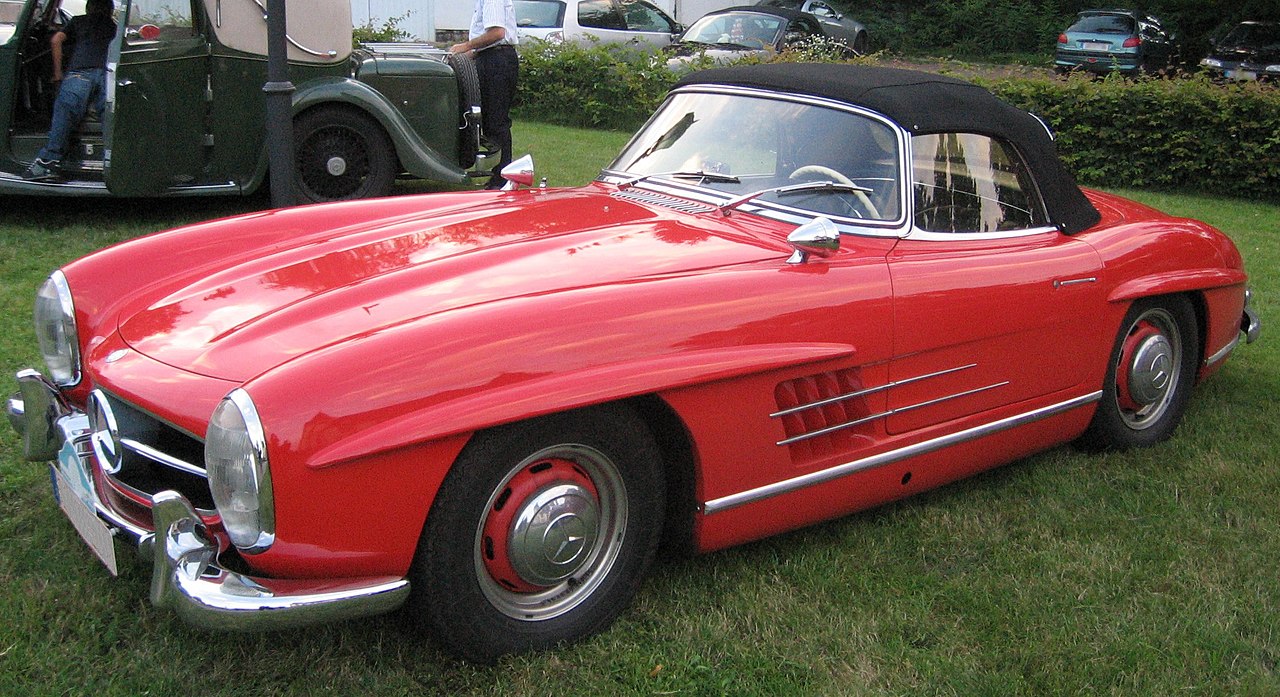
Mercedes-Benz introduced direct fuel injection on a six-cylinder engine in 1952. This technology improved fuel efficiency and engine performance compared to carburetors.
The innovation was first applied in the 300 SL model. It marked the first use of direct petrol injection in a series-produced car.
This development set a new standard in automotive engineering and influenced future fuel delivery systems across the industry.
BMW’s early adoption of electric mobility technology

BMW began exploring electric mobility as early as the late 1960s. The BMW 1602 was a key test vehicle in their initial research, demonstrating an early commitment to electric drivetrains.
The company continued developing electric concepts through Project i, advancing new technology that laid the groundwork for future models.
This early work set the stage for modern BMW electric vehicles, combining innovation with performance and sustainability.
Porsche developing the world’s first hybrid car
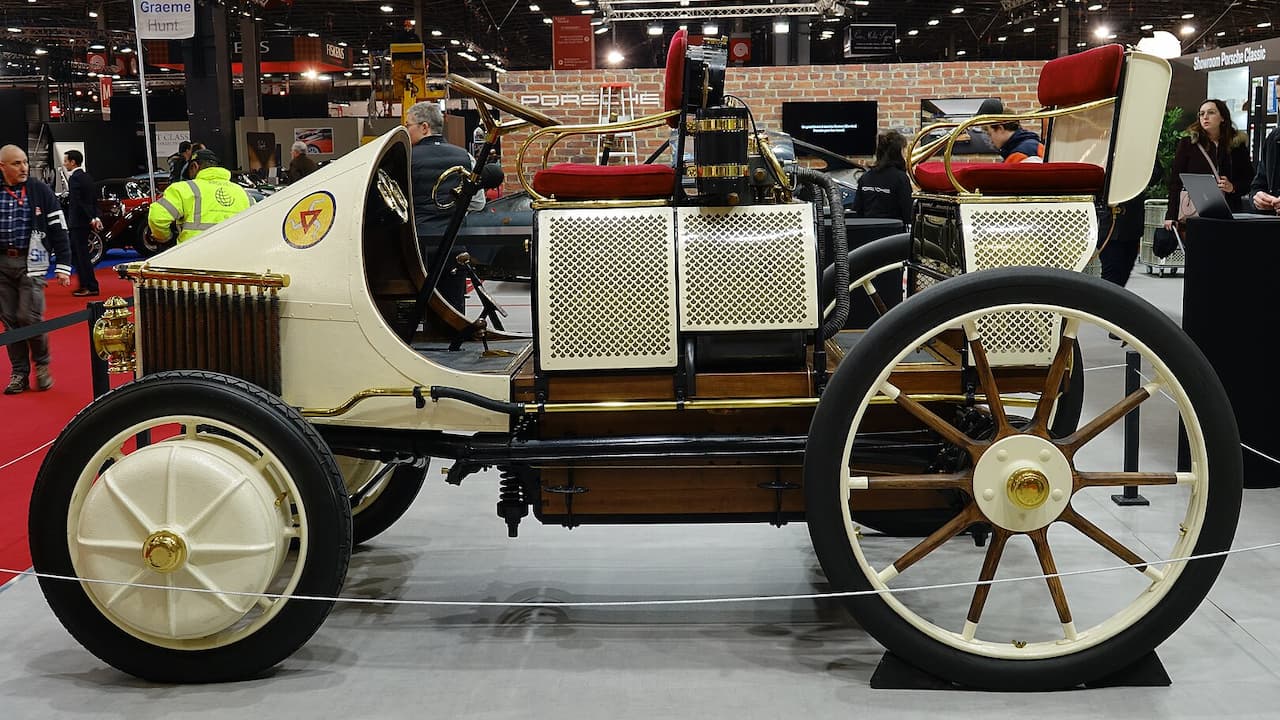
Ferdinand Porsche designed the first functional hybrid car around 1900. Known as the Semper Vivus, it combined electric motors with a petrol engine.
This early hybrid used electric wheel-hub motors for propulsion, showcasing innovative modular engineering. The vehicle marked a significant advancement in automotive technology at the time.
Porsche’s work laid the foundation for hybrid systems used in later cars, influencing modern electric and hybrid vehicle development.
Audi’s advancements in quattro all-wheel drive technology
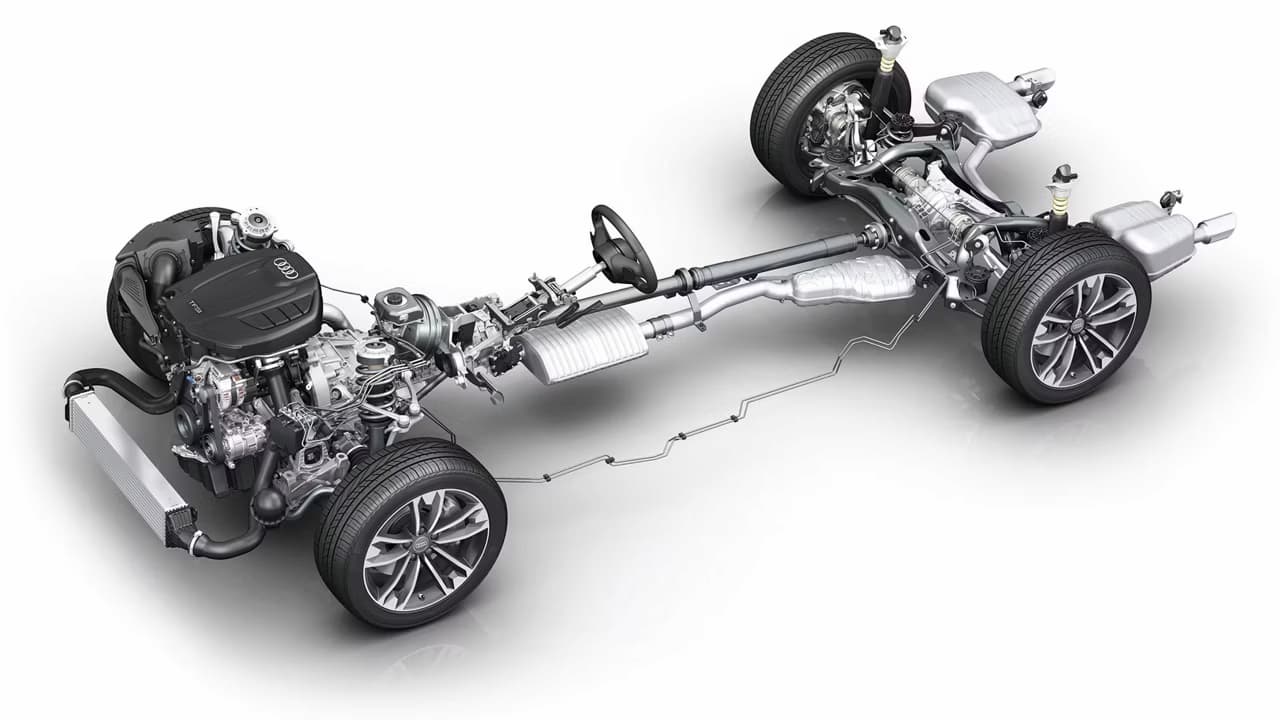
Audi introduced its Quattro all-wheel-drive system in the early 1980s, significantly improving vehicle traction and stability. This system distributes power to all four wheels, enhancing control on various road surfaces.
Over time, Audi has developed multiple versions of Quattro technology, each designed to respond quickly and efficiently. Their innovations have influenced the standard for AWD systems in the automotive industry.
Jaguar pioneering aluminum monocoque chassis

Jaguar was among the first manufacturers to use an aluminum monocoque chassis in production cars. This innovation reduced overall vehicle weight while maintaining structural rigidity.
The X350 model notably featured this aluminum structure, improving performance and fuel efficiency. It set a precedent that influenced future Jaguar models and the broader automotive industry.
Saab’s early use of turbocharged engines

Saab was among the first manufacturers to develop turbocharged engines for passenger cars. In 1976, they introduced the turbo engine with a wastegate system to control boost pressure.
This innovation allowed more precise management of power and engine reliability. Saab’s work with turbocharging began in the early 1970s and was applied notably in the Saab 99 Turbo model.
Their early contributions helped popularize turbo technology in everyday vehicles, influencing many automakers in Europe and beyond.
Ferrari innovating with F1-derived active aerodynamics
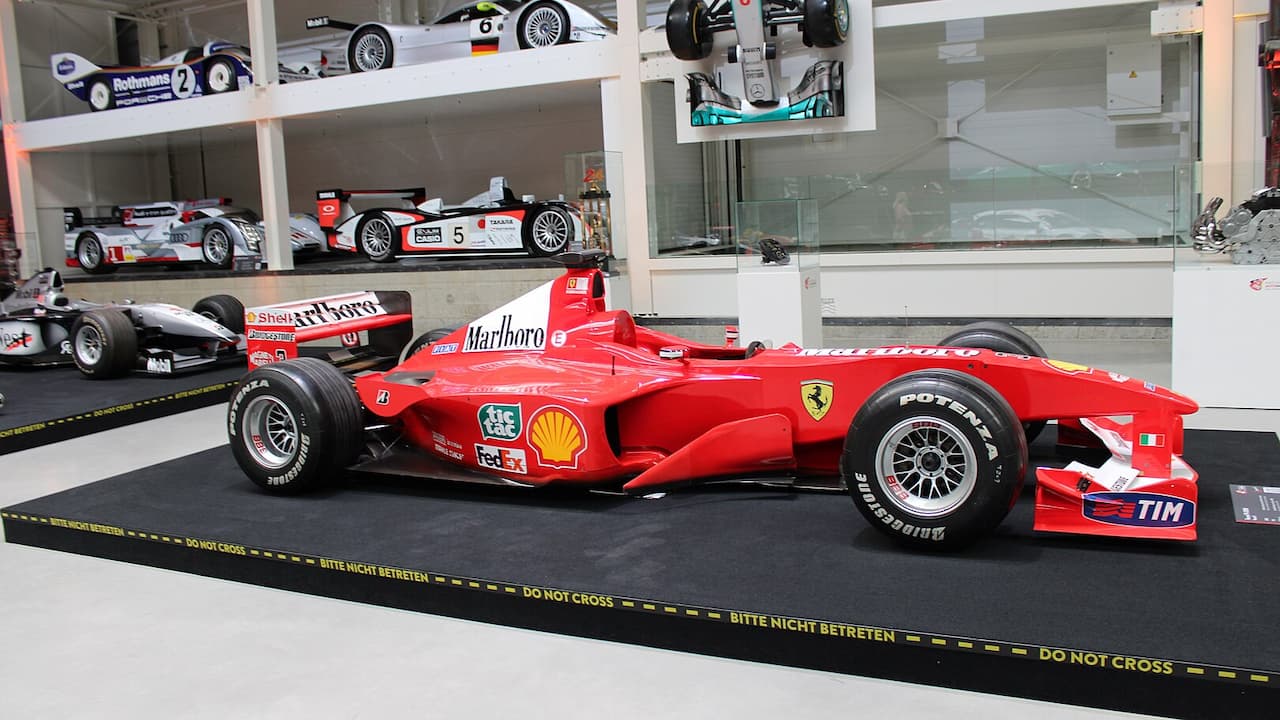
Ferrari integrates active aerodynamic systems inspired by Formula 1 to improve high-speed stability. These systems adjust elements like wings and flaps in real time to balance downforce and drag.
Their new exhaust technology also links to aerodynamics, optimizing airflow while addressing noise regulations. This approach allows Ferrari to enhance performance without compromising emissions or sound limits.
Alpine introducing lightweight composite materials

Alpine has focused on using lightweight composite materials to improve performance. Early models like the Alpine GTA featured fiberglass bodies, reducing weight significantly.
The company further advanced this approach by combining polyester panels with a steel backbone chassis. Recent developments include using high-performance carbon fiber for key structural components, increasing strength while minimizing mass.
These innovations help Alpine deliver agility and efficiency in its sports cars, reflecting a consistent commitment to material technology.
Opel’s development of the trip computer in the late 1970s

In the late 1970s, Opel introduced one of the first trip computers in its vehicles. This technology allowed drivers to monitor fuel consumption, distance traveled, and average speed.
The trip computer was part of Opel’s effort to integrate more advanced electronics in cars. It provided practical information to enhance driving efficiency and vehicle management.
This innovation reflected Opel’s commitment to incorporating new technology in compact, affordable cars, setting a precedent for future automotive electronics.
Lamborghini introducing active suspension systems

Lamborghini employs active suspension technology using magneto-rheological shock absorbers. These components adjust damping instantly to changing road conditions.
This system improves handling by reacting in split seconds. It enhances ride comfort without sacrificing performance.
Active suspension allows the car to maintain better traction and stability. It represents a significant technical advancement in Lamborghini’s vehicle dynamics.
Renault pioneering electric battery management systems
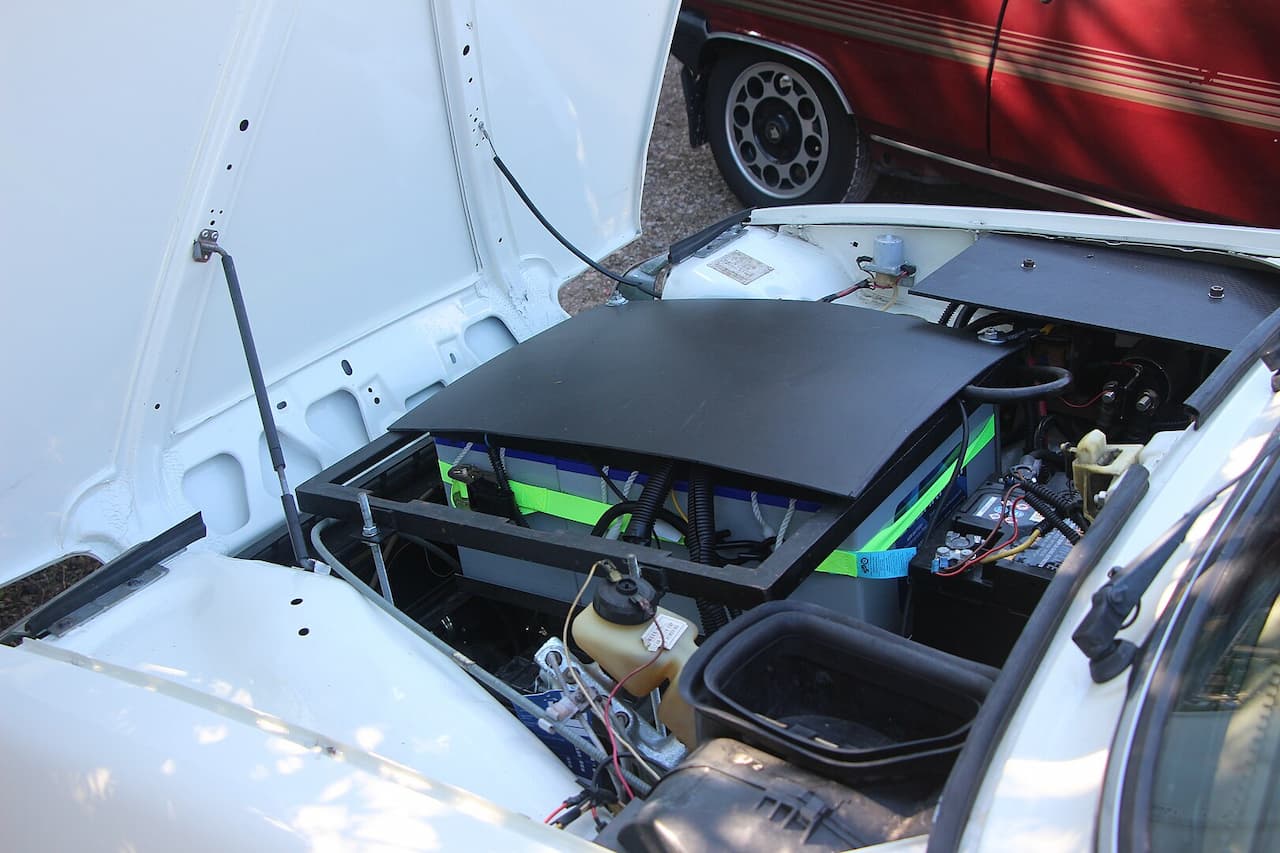
Renault Group’s subsidiary, Ampere, focuses on advancing electric battery technology. They have introduced a strategy incorporating lithium iron phosphate (LFP) cells and Cell-to-Pack solutions. This approach aims to improve energy density and manufacturing efficiency.
Renault also integrates sophisticated battery management systems to optimize performance and longevity. Their innovations contribute to more reliable and efficient electric vehicles, supporting the shift to sustainable mobility.
Lotus engineering lightweight chassis focused on performance
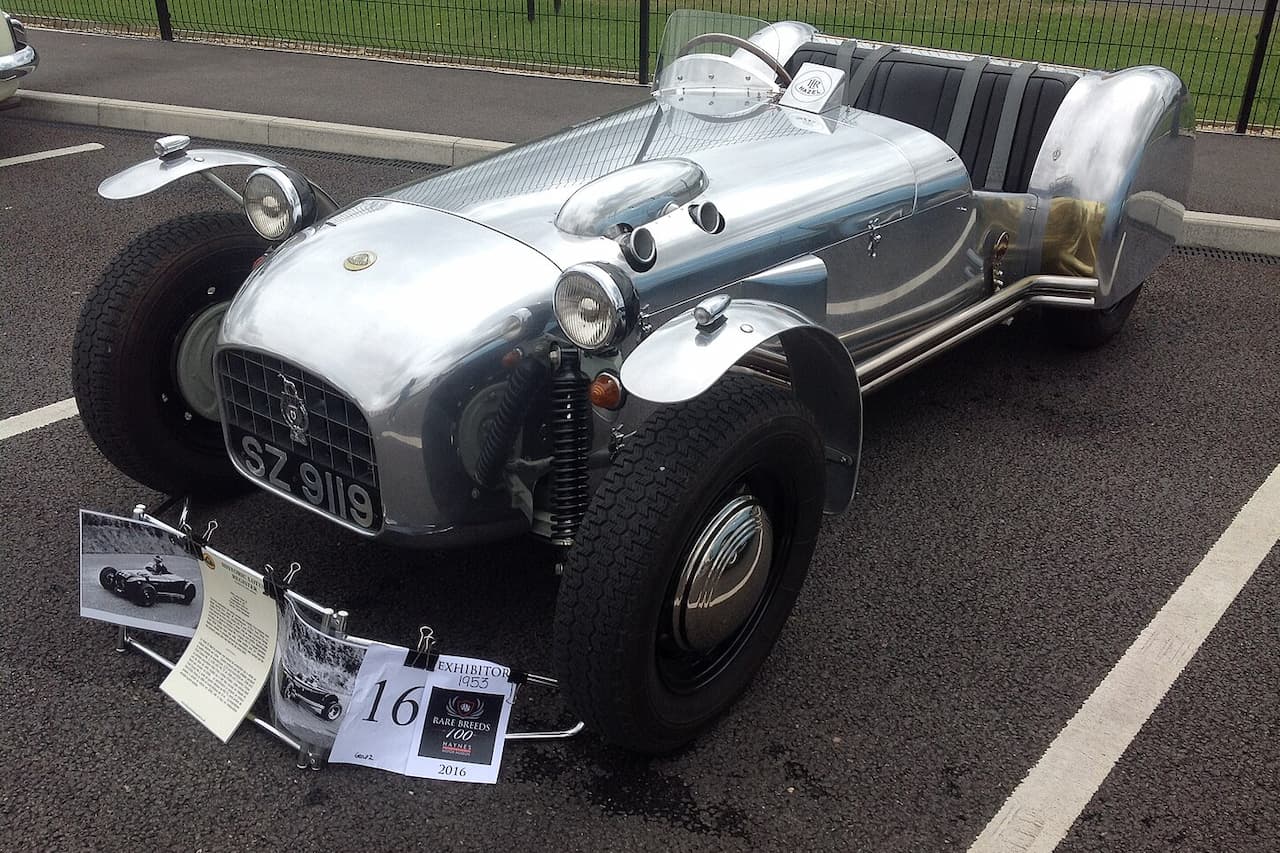
Lotus has developed advanced lightweight chassis technology to enhance performance in its electric and combustion sports cars. Their new architecture reduces weight significantly, improving handling and efficiency.
The chassis design includes bonded aluminium construction, a method Lotus has pioneered. This approach lowers weight by up to 37% compared to previous models like the Emira V6.
These innovations support the company’s goal of delivering responsive vehicles with better driving dynamics while maintaining structural integrity and safety.

